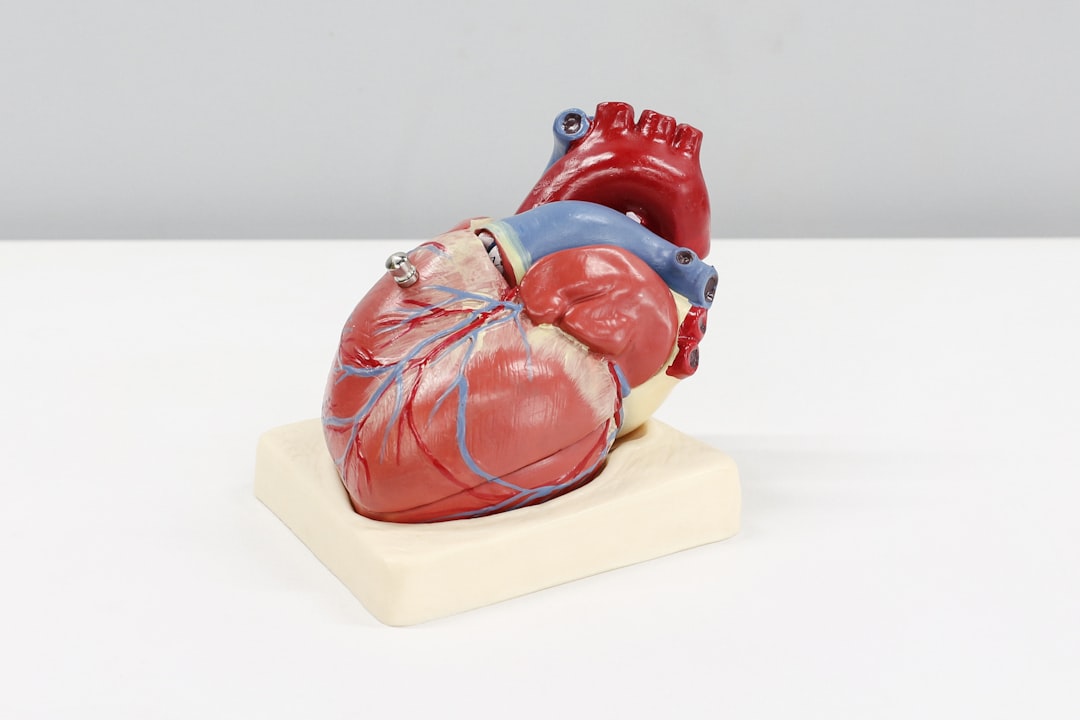What is it about?
In this paper, we deal with the second-order accurate homogeneous (nonhybrid) type difference scheme for solving a singularly perturbed first-order Volterra integro-differential equation. It is shown that the method displays uniform convergence of O(N−2 ln N) on a special non-uniform mesh, where N is the mesh parameter. Numerical results are included to verify the theoretical estimates.
Featured Image

Photo by Austin Distel on Unsplash
Why is it important?
An initial value problem for a singularly perturbed first-order Volterra integro-differential equation has been considered. For the numerical solution of this problem, we proposed a novel fitted second-order accurate difference scheme on the piecewise uniform mesh. The difference scheme is constructed by themethod of integral identities with the use of exponential basis functions and interpolating quadrature rules with the weight and remainder terms in integral form. It is shown that the method displays uniform convergence independently of the perturbation parameter in the discrete maximumnorm.We have implemented the presentmethod on two examples.Numerical results were carried out to show the efficiency and accuracy of the method.
Perspectives
We analyse the fitted difference method for the numerical solution of the initial value problem for the singularly perturbed Volterra integro-differential equation. The method displays second order convergence independently of the perturbation parameter. We note that the previous works related to Volterra integro-differential equation were only concerned with regular cases, i.e., when the initial/boundary layers are absent. All of the numerical results in this manuscript are produced by an appropriate software programming.
Ömer Yapman
Erzincan Universitesi
Read the Original
This page is a summary of: A novel second-order fitted computational method for a singularly perturbed Volterra integro-differential equation, International Journal of Computer Mathematics, May 2019, Taylor & Francis,
DOI: 10.1080/00207160.2019.1614565.
You can read the full text:
Contributors
The following have contributed to this page










